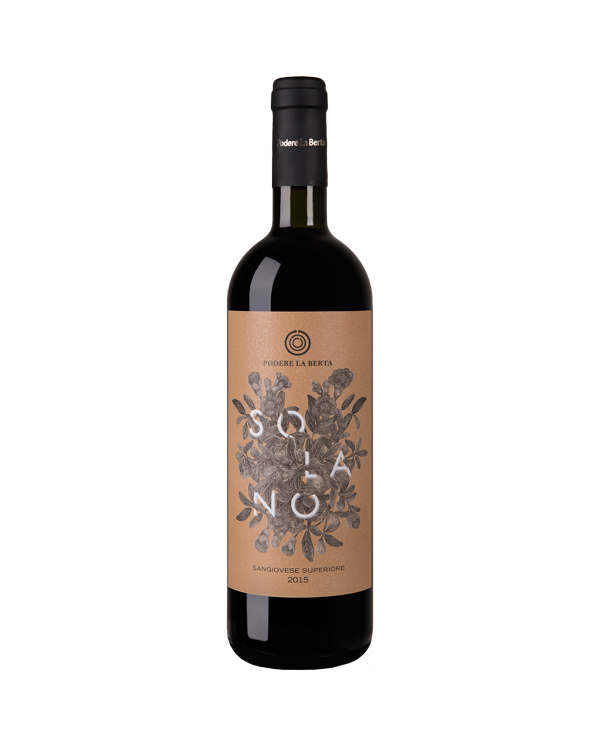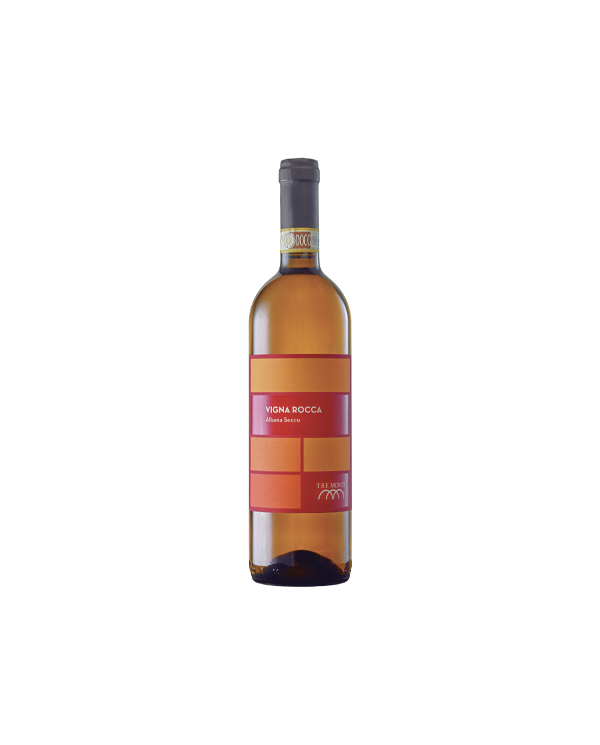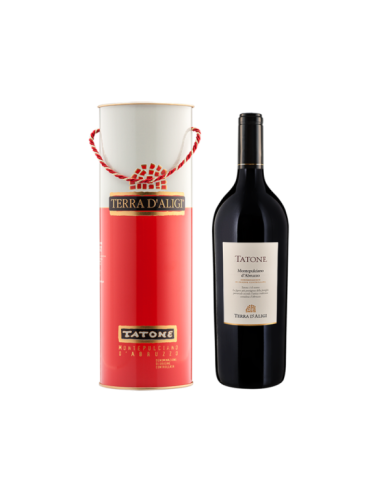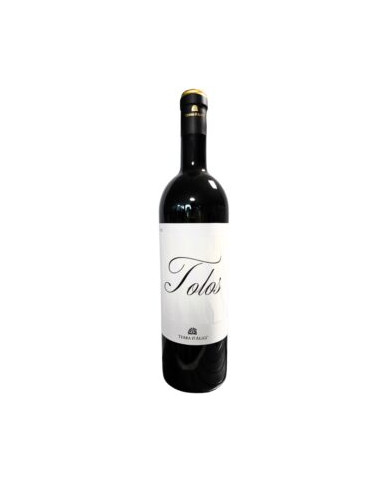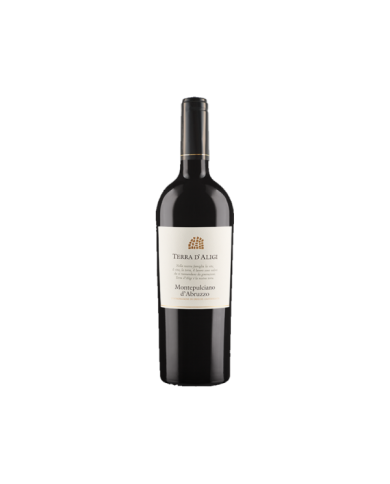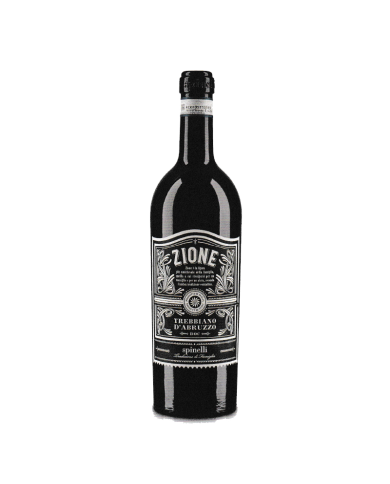Romagna Denomination
The Romagna Denomination is a classification system that identifies and protects wines produced in the historical region of Romagna, located in northern Italy. It is regulated by strict laws that guarantee the quality and authenticity of wines bearing this label.
History and Origin of the Denomination
The history of the Romagna Denomination dates back centuries, when local winemakers began cultivating vines on the fertile hills of the region. Over time, winemaking practices have been perfected, contributing to building the reputation of Romagna wines worldwide.
Characteristics of Romagna Denomination Wines
Terroir and Climate
The unique terroir of Romagna, characterized by limestone soils and a Mediterranean climate, gives the region's wines a distinctive character. Wide temperature fluctuations between day and night contribute to the optimal ripening of grapes, producing balanced and complex wines.
Main Grape Varieties
The predominant grape varieties in the Romagna Denomination include Sangiovese, Albana, and Pagadebit. These varieties are carefully cultivated by local winemakers and used to create a wide range of wines, each with its own unique characteristics.
Traditional Winemaking Process
The traditional winemaking process in Romagna combines centuries-old techniques with modern innovations to produce high-quality wines. From hand harvesting to fermentation in stainless steel, each step is carried out with precision to preserve the authenticity and integrity of the grapes.
Wines of the Romagna Denomination
Sangiovese di Romagna
Sangiovese di Romagna is the flagship wine of the region, known for its full body, soft tannins, and lively aromas of red fruit. This versatile wine pairs perfectly with a wide range of dishes, from pasta to grilled meat.
Albana di Romagna
Albana di Romagna is the first Italian white wine to have obtained the DOCG designation, a recognition of its prestige and superior quality. Characterized by a brilliant golden color and fruity, floral notes, it is the ideal accompaniment to light appetizers and fresh fish.
Pagadebit
Pagadebit is another treasure of Romagna, appreciated for its freshness, lively acidity, and fruity taste. Perfect to enjoy as an aperitif or paired with fish dishes and salads, this light wine is a popular choice among locals and visitors alike.
Importance and International Recognition
The Romagna Denomination has earned numerous awards and international recognition for the excellence of its wines. These accolades have helped promote the region's reputation as a world-class wine destination and increase its visibility in global markets.
Culture and Tradition Linked to the Romagna Denomination
Celebrations related to the grape harvest and wine production are an integral part of Romagna culture. Traditional festivals offer visitors the opportunity to immerse themselves in the festive atmosphere and savor the authentic flavors of the region.
Enogastronomic Tourism in the Romagna Region
Enogastronomic tourism is steadily growing in the Romagna region, attracted by the beauty of rural landscapes and the richness of its culinary offerings. Winery tours and guided tastings offer wine enthusiasts the opportunity to discover the secrets of local wine production and taste the finest wines of the region.
Sustainability and Innovation in Romagna Wine Production
Romagna wine producers are committed to promoting environmental sustainability and adopting eco-friendly agricultural practices. From reducing pesticides to using renewable energies, the region is making strides towards a more sustainable and responsible wine production.
Food-Wine Pairing Tips
To achieve the perfect enogastronomic experience, it is essential to pair Romagna Denomination wines with the right dishes. From local specialties like piadina and cappelletti in broth to more refined meat and fish dishes, there are endless pairing possibilities to explore.
In conclusion, the Romagna Denomination represents the best of Italian wine tradition, offering high-quality wines that reflect the unique character of the region. With its combination of history, culture, and innovation, Romagna continues to be a must-visit destination for wine lovers.
Frequently Asked Questions
What are the main differences between Sangiovese di Romagna and Sangiovese produced in other Italian regions?
Sangiovese di Romagna stands out for its fruity character and smoothness, making it particularly suitable for aging. Compared to other Sangiovese, it may present a higher concentration of fruit and softer tannins.
What are the distinctive characteristics of Albana di Romagna?
Albana di Romagna is distinguished by its brilliant golden color and fruity, floral aromas. It is known for its freshness and lively acidity, making it a versatile and appreciated white wine.
What are the main enogastronomic tourist destinations in the Romagna region?
Among the main enogastronomic destinations in Romagna are the cities of Rimini, Forlì, and Cesena, which offer a wide range of winery tours, guided tastings, and authentic culinary experiences.
What sustainable practices are adopted by Romagna wine producers?
Romagna wine producers adopt sustainable practices such as reducing pesticides, using renewable energies, and responsibly managing water resources to reduce the environmental impact of their activities.



